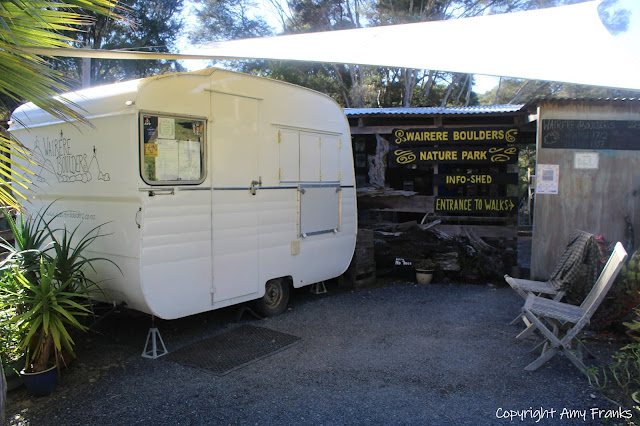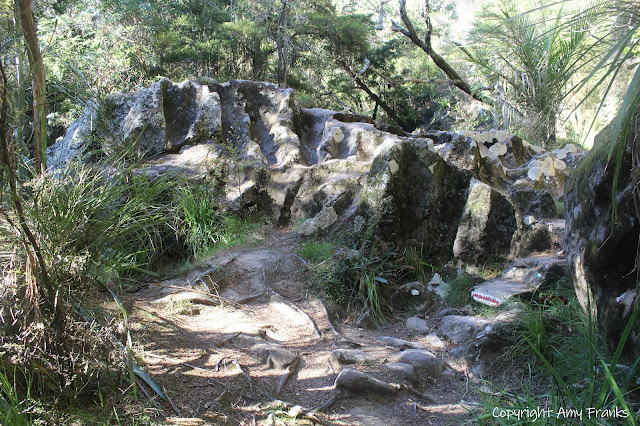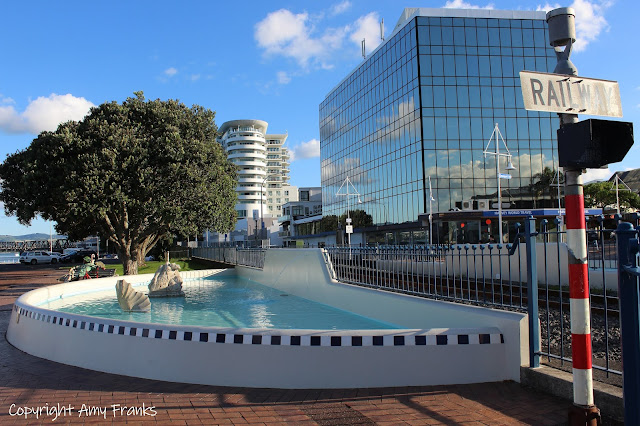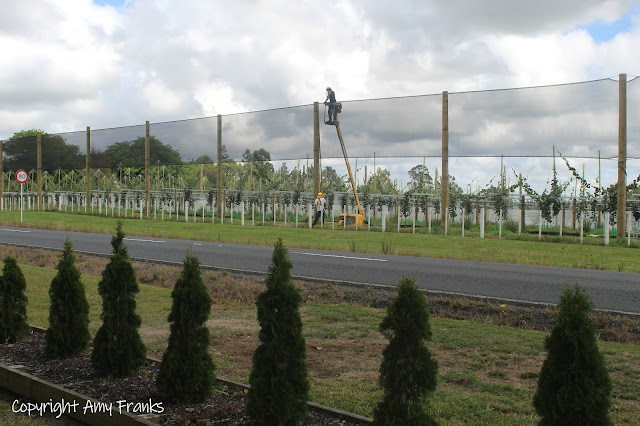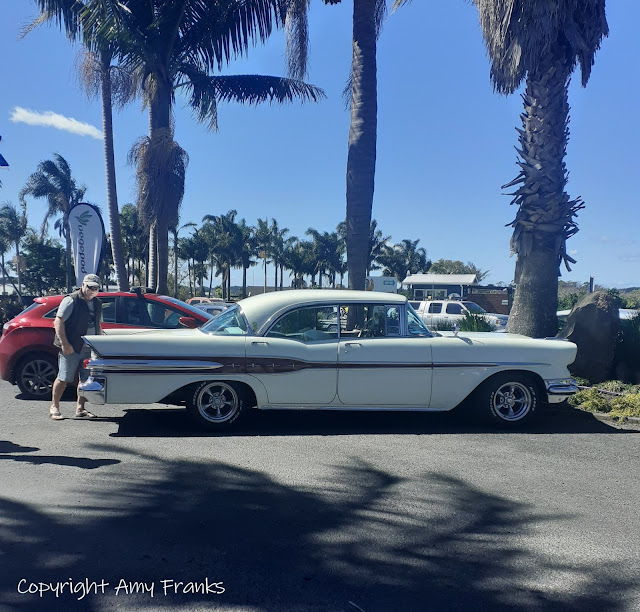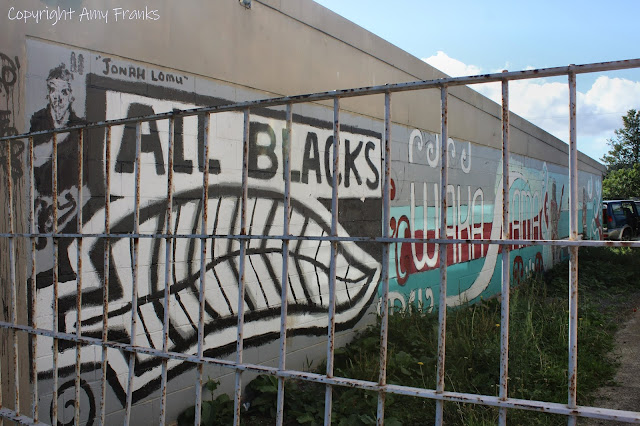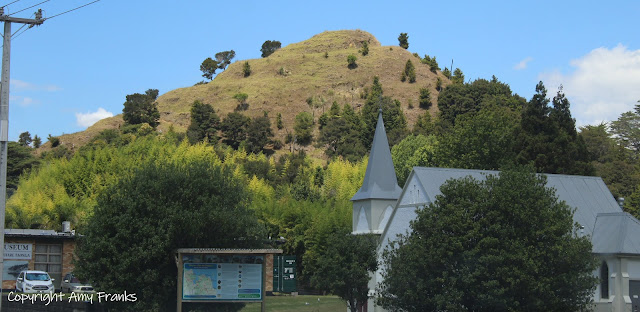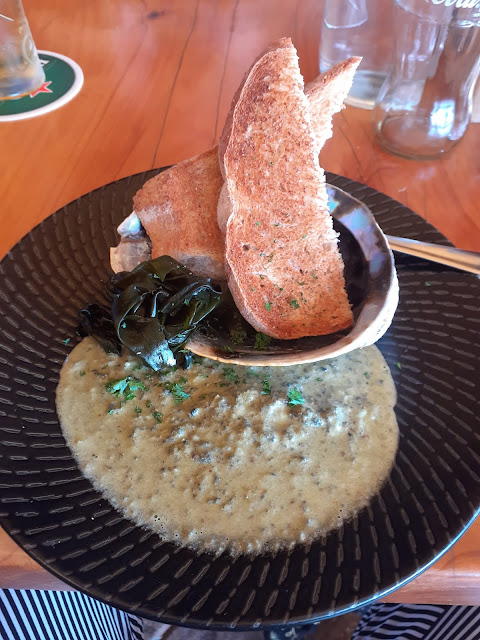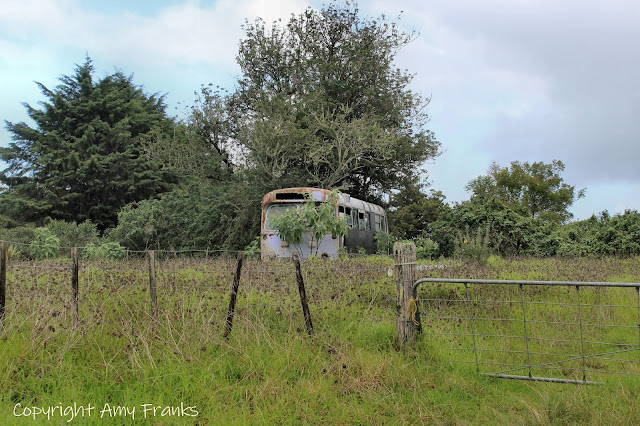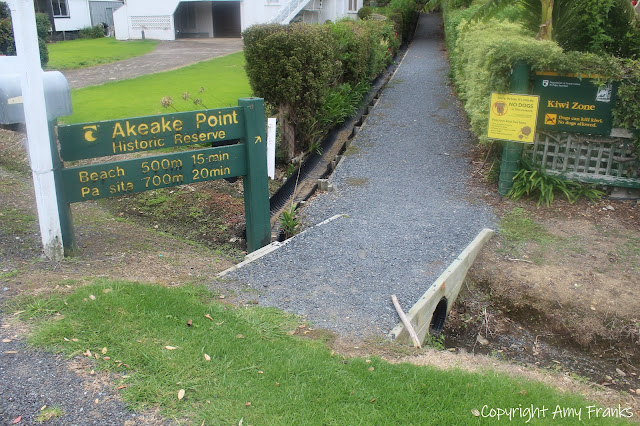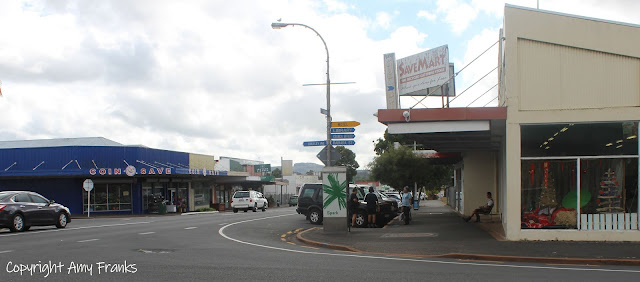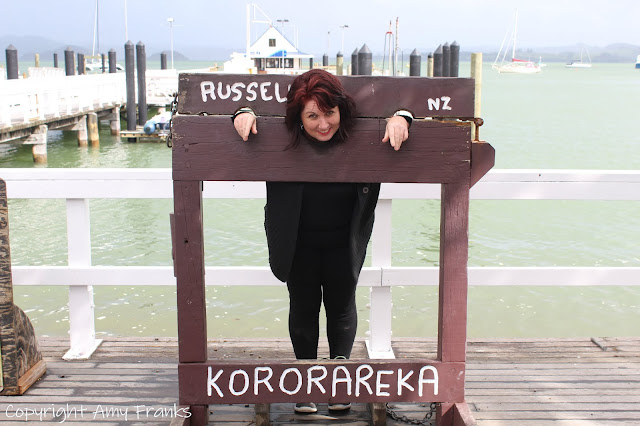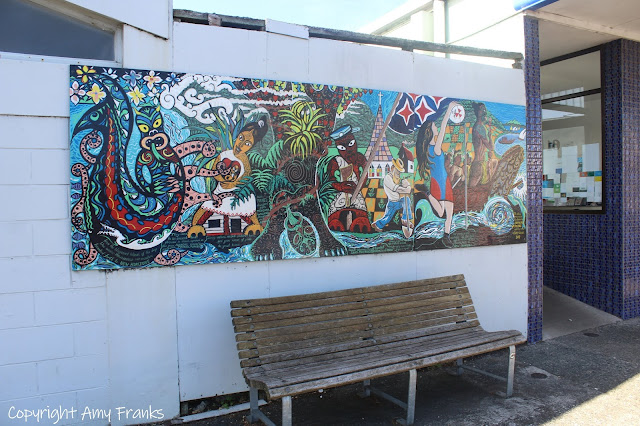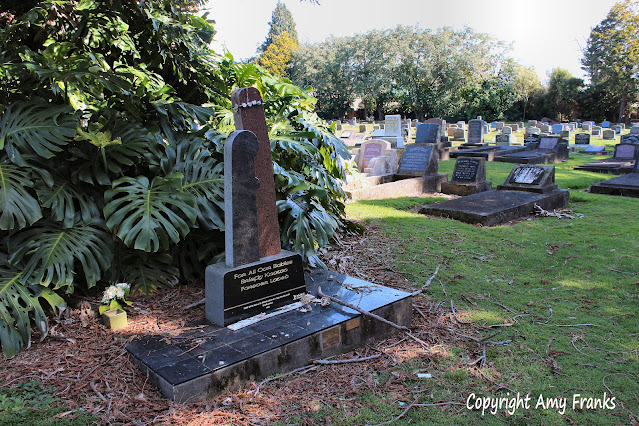Just over a week ago we visited a place we've been wanting to see for a while. Wairere Boulders is a nature park that was originally created by Felix and Rita Schaad in the early 2000s but now owned by Graham and Paula Grant.
We were the only ones there because it was a Monday so it was extremely quiet apart from the sound of birds chirping and water bubbling along the river.
Visitors can walk the trails, kayak along the river or camp in the campground next to the reserve.
There are various trails, some easy, some a bit harder with steps but also quite a bit of climbing over large boulders. B and I walk through nature walks regularly but there was no way my parents (who were with us) would've managed this.
Usually karst landforms are formed by solution of calcareous rocks (e.g. limestone and marble) by mildly acidic percolating water. At Wairere, and elsewhere, basalt has been dissolved, probably over a much longer interval of time, by the production of weakly acidic humic acid in the leaf litter that collects around the roots of plants that grow on the top of the boulders, usually beneath a forest canopy.
On the top of the boulders this humic acid has etched out solution basins 20–50 cm across and of similar depth. Humic acid seeping down the sides of the boulders has, over thousands of years, dissolved deep, near-vertical flutes out of the hard basalt. In some places the fluting is no longer vertical as the boulders have rolled over or tilted since it was formed.
Millions of years of gentle erosion by this rain resulted in the amazing rock formations we see today, with some of the rocks sitting over 30 foot high.
The walk we did was called the "Boulder Loop" which lead over bridges, boardwalks, stairs under and over rocks along the valley floor, it tooks us roughly about 40 minutes.
We thought it was ok, the rocks were impressive enough but we probably wouldn't go back again.

